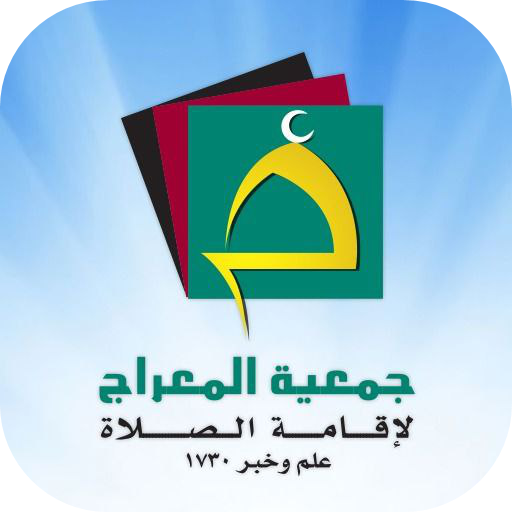Opposition to this article culminated in the uprising by the people of Qom on
January 9, 1978 (Dey 19, 1356 AHS) during which a number of revolutionary
religious students were killed. Once again the uprising had begun in the city of
Qom and within a short space of time had spread to the rest of the country.
Funeral ceremonies which, according to custom, took place on the third, seventh
and fortieth day in commemoration of the deaths of the martyrs of this recent
uprising, occurred one after the other in Tabriz, Yazd, Jahrom, Shiraz, Isfahan
and Tehran, spawning numerous revolts. Throughout the whole of this period, Imam
Khomeini’s messages came thick and fast, and these, along with the tape
recordings of his speeches in which he called on the people to be steadfast and
continue with their uprising until the foundations of the monarchical regime had
been destroyed and an Islamic government established, were reproduced by his
friends and followers and distributed on a wide scale throughout Iran.
Despite resorting to the murder of crowds of people, the Shah could not quench
the fire that had been kindled, and such tactics as announcing martial law in
eleven cities, replacing the prime minister and changing officials in high
positions also proved ineffective in stopping the spread of the revolution. All
of the Shah’s political and military maneuvers were negated by the publication
of Imam Khomeini’s revelatory statements and militant directives.
In a meeting between the Iranian and Iraqi foreign ministers in New York, the
decision was made to expel Imam from Iraq. On September 24, 1978 (Mehr 2, 1357
AHS), Imam’s home in Najaf was surrounded by Ba’thist forces. It was announced
that his remaining in Iraq now depended on him stopping his political activities
and relinquishing his struggle. Consequently, Imam’s decision to continue with
the fight led to his leaving Najaf, after thirteen years in exile there, on
October 4, 1978 (Mehr 12, 1357 AHS), and heading for Kuwait. On arriving at the
border, however, the Kuwaiti authorities, having been influenced by the Shah’s
regime, refused him entry. Thus, the Leader of the Revolution, after studying
the situation in other Muslim countries and consulting with his son, Hojjatol-Islam
wal Muslemin Hajj Seyyed Ahmad Khomeini, decided to go to Paris.
Subsequently, on October 6 (Mehr 14) Imam entered Paris and two days later took
up residence in the home of an Iranian in Neauphle-le-Chateau on the outskirts
of Paris. Representatives from the Elysées Palace communicated to him the French
President’s wish that he refrain from any kind of political activity while in
France.
Imam reacted sharply, making it clear that such restrictions were contrary to
democratic principles and stating that even if he had to travel from airport to
airport and country to country, he would not relinquish his aims.
Imam’s four-month stay in France changed Neauphle-le-Chateau into the most
important news center in the world. His numerous interviews and meetings of
different kinds with the many visitors who poured into the hamlet from all parts
of the world meant that his views concerning an Islamic government and the
future aims of the movement were made clearer for the people of the world. On
receiving the guidelines of Imam, the Iranian nation intensified their
demonstrations, and through widening their strikes, paralyzed governmental
organs and organizations. The replacement of prime ministers one after the
other; the Shah’s repentance for past offences; the regime’s arrest and trial of
old, infamous pawns; the freeing of political prisoners, and so on, went nowhere
towards stopping the spread and intensification of the revolution.
* Source: coiradio.com


















